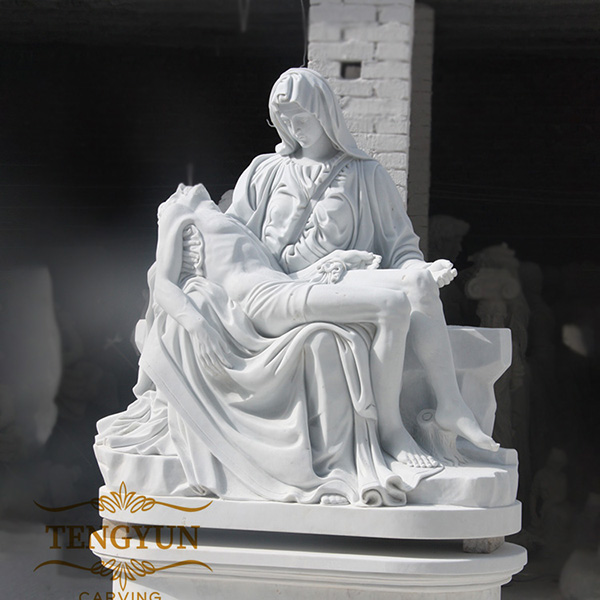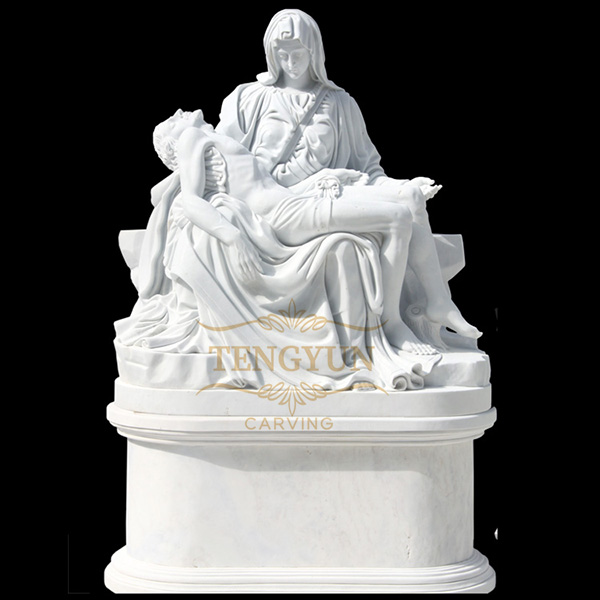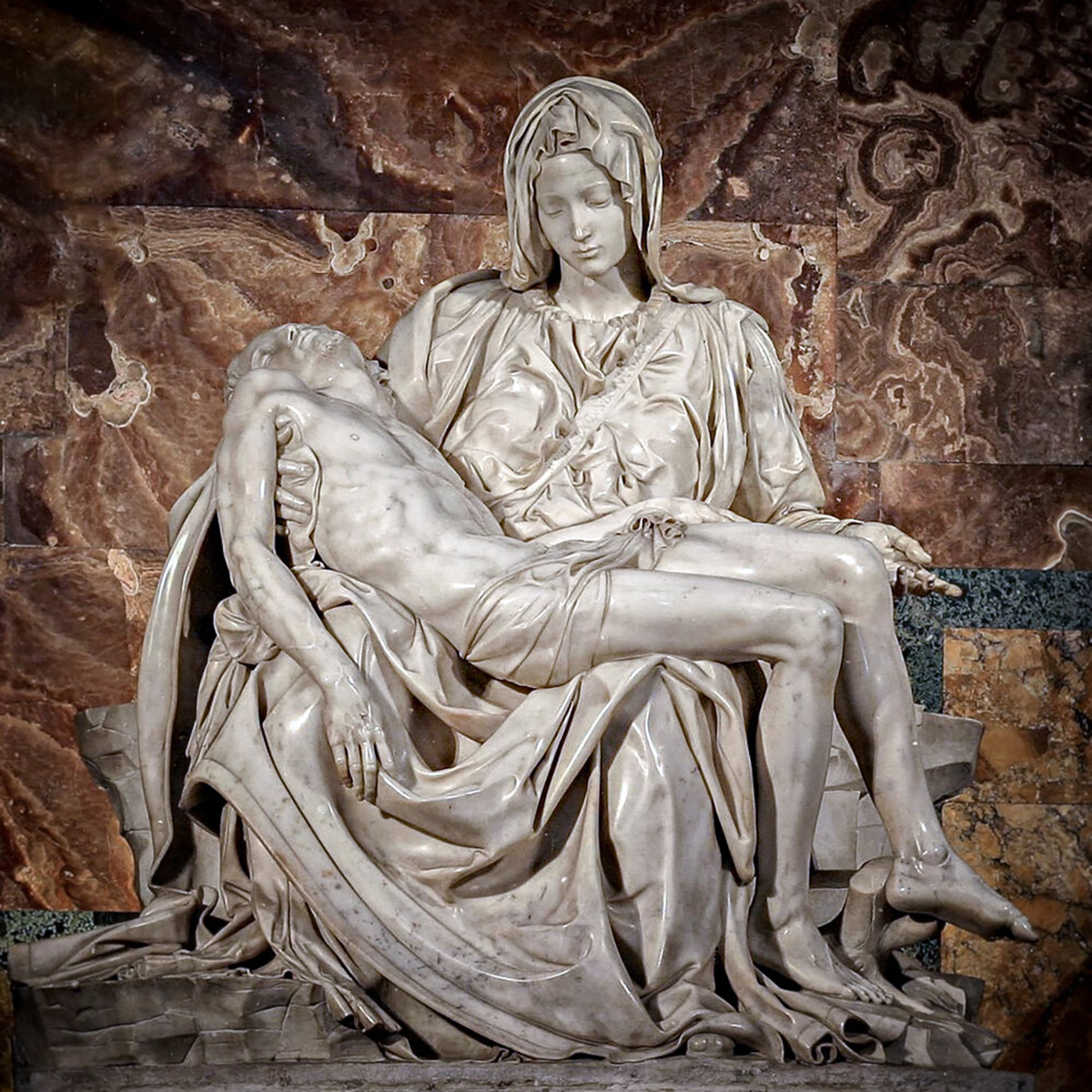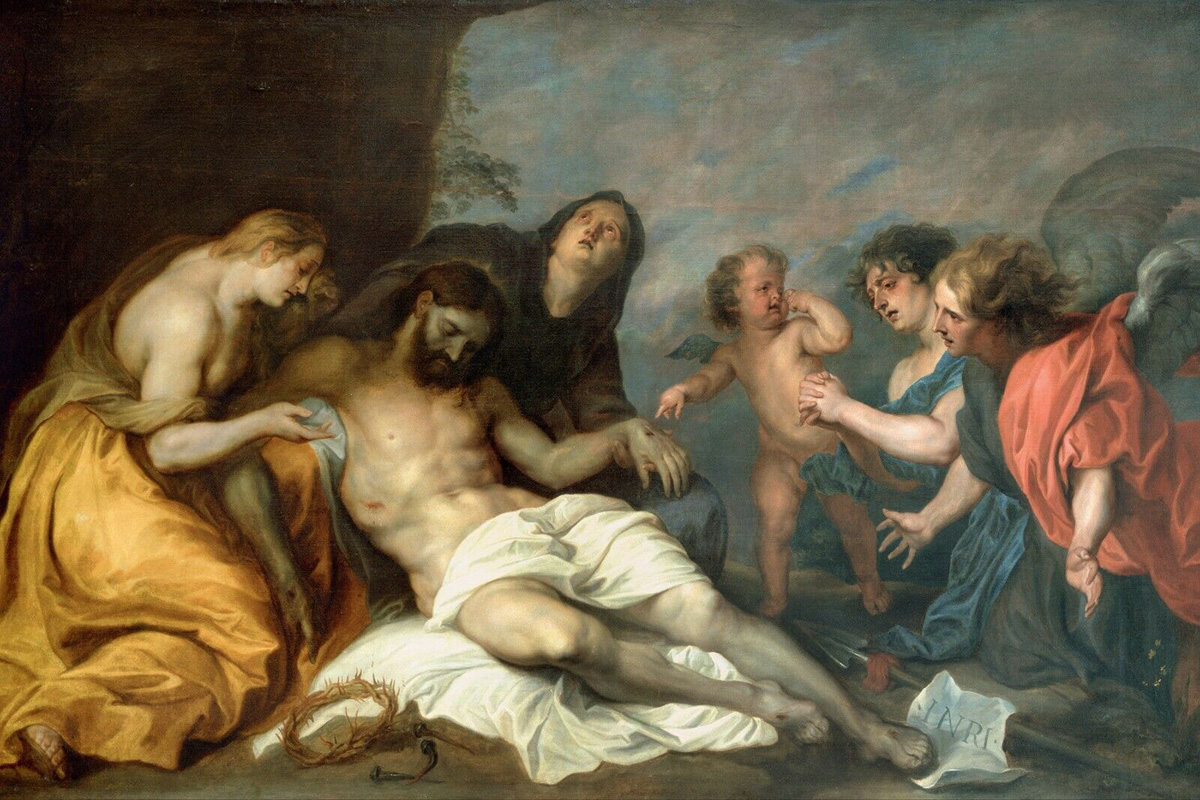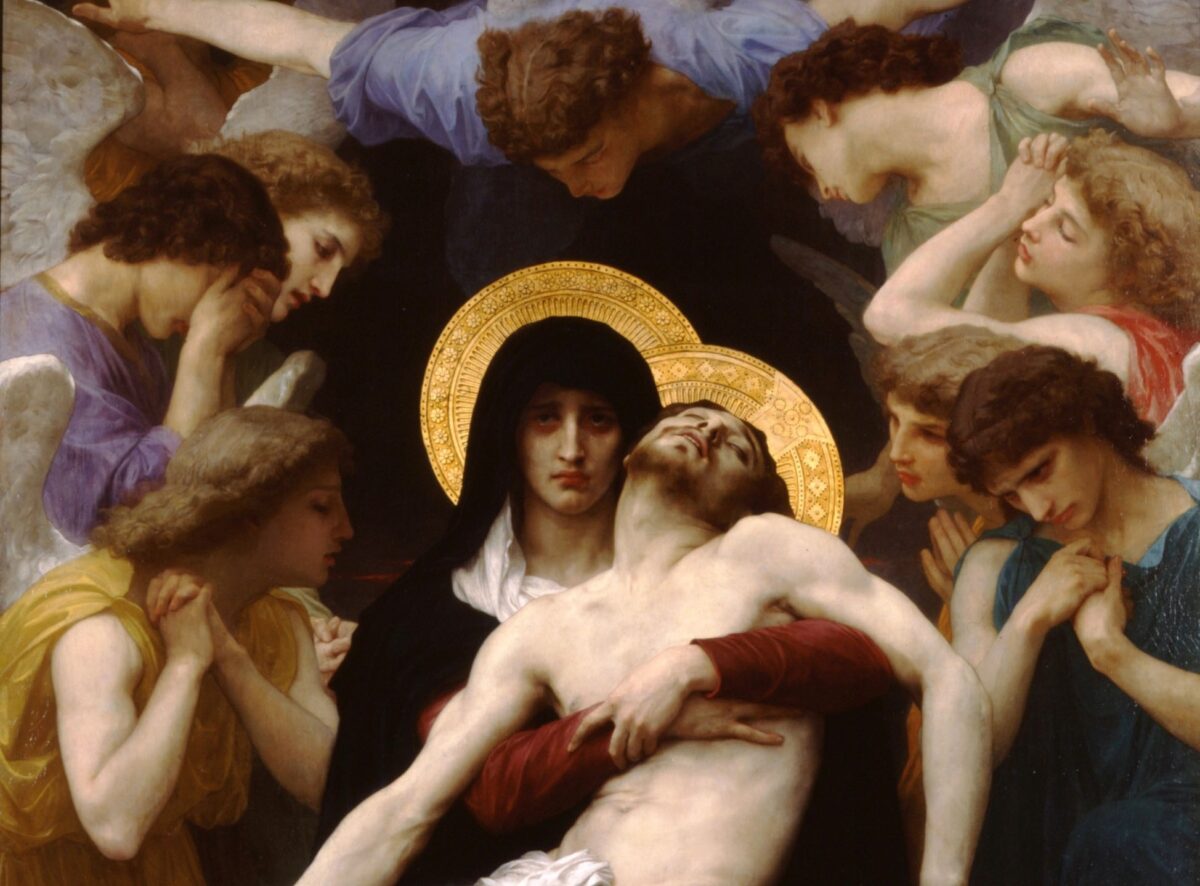“Mourning Christ” is a very common theme in the history of Western art. This theme describes the scene that Virgin Mary was put down from the cross when the death of Jesus Christ. The original Italian “pietà” is roughly the meaning of compassion or compassion, and is used to express the mother’s love spirit shown under great pain.
Michelangelo’s “Pietà) (pietà)
The most famous of this theme is the statue of the Renaissance master Michelangelo “Pietà). At the end of the 15th century, Michelangelo, who was only 24 years old at the time, was commissioned by the bishop of the red, Jean de Billheres, to complete the famous “Mourning Christ in the Cathedral of Peter of Rome ”
Michelangelo once said that this work uses a perfect Carrara Marble, allowing him to achieve a very high degree of fineness and polishing treatment. The final finished product does not look a marble anymore, more like a person wearing clothes.
Michelangelo’s “Mourning Christ” showed sadness because of her son’s death, and she hugged him on his knees. She sympathized with her son’s pain, but also chose to accept his destiny. On Maria’s young face, the slightly raised eyebrows revealed a touch of sorrow.
Looking closely, this statue will find that Maria’s body shape has been amplified a lot compared to Jesus. The reason why Michelangelo dealt with this is likely to provide a supporting plane for the part of the statue of Jesus; therefore her body must be large enough to pick up and support Jesus’ body. The limbs of the two characters are combined through a triangle -this is a very typical art composition method during the Renaissance.
“Mourning Christ” is the only work signed with Michelangelo. According to legend, when the statue was publicly displayed for the first time, Michelangelo accidentally heard the audience’s work that the statue was mistakenly planted as another artist. In order to respond, one night he kept himself and the statue together and carved his name on the trim on the chest of the Virgin Mary.
Anthony Van Dyck ”Mourning Christ”
The time crossed the Renaissance. In the 17th century Baroque period, the painter Anthony Van Dyck also created his own “Pietà). Different from Michelangelo’s way of expressing the Virgin Mary and Jesus, Anthony Fan Dike added two characters, Mary Magdalene and St. John, in their works. Essence
In the painting, Jesus was wearing a white gauze, leaning against a rocklessly leaning on a rock, and the Virgin Mary was sitting behind him. Although Jesus died, his aura still exuded his head, indicating that the side of God in his soul was still alive and fit.
The Virgin Mary was wearing a blue clothes, her eyes, red and tears, looked at heaven dimly. The pain on her face showed mercy on her son. Her left palms opened up, and this posture seemed to dedicate her son to heaven.
Mary, Mary, was on the right side of Mary and Jesus in red and golden clothes. She held Jesus’ hand and kissed it. John John approached the right side of the picture from the edge of the frame, thinking about the scene in front of you.
There is a thorns head in the lower left corner, next to a piece of paper nailed to the top of the cross, which says “Jesus of Nazareth, the king of Jesus” (King of Jews), and a front is set up in front of Water basin and sponge, this is used by the Virgin Mary to clean up the body for her son.
Anthony Fan Dike used the typical composition method in Baroque art to enhance the drama effect of this work. He did not use the common static and calm triangle composition of the Renaissance artists, but he tended to use more curves, dynamics and emotions to try to convey the dramatic nature of this incident more completely.
William Bouguereau
After about 25 years, William Bougureau, one of the most representative painters of the French college, also created his own version of “Mourning Christ”, which was inspired by his personal experience.
His composition was centered on the Virgin Mary, wearing a black clothes, mourning his son’s death. She hugged Jesus’s unsatisfactory body in her arms, staring at the audience with a painful expression. Both characters have a gold -plated halo, representing their divinity.
In the lower right corner of the screen, we can see the thorns, the paddy, the water basin, and the sponge that purifies Jesus’ bodies.
Nine angels around the two central characters, each of them mourn this scene with different expressions and body language. Nine angels are wearing a robe of rainbow colors, which can think of the promise of the world after the Jewish tradition in the flood of Noah; here, the color of the rainbow is updated, but here it means that in the Christian tradition, Jesus, Jesus The sacrifice dedication allows the human soul to update.
Interestingly, Brigo incorporated his widowed pain into the expression of the Virgin Mary. Bigro was depressed for half a year after losing his son, and this work became a way to help him rejuvenate.
After understanding this background, come back to see the color combination of the angel robe with Maria and Jesus’ black and white combinations, which may also represent the color combination of the painter’s overall color when creating. In other words, all characters in the painting may mean that God is updated not only the human mind, but also at the level of artistic creation.
Post time: Oct-12-2022

